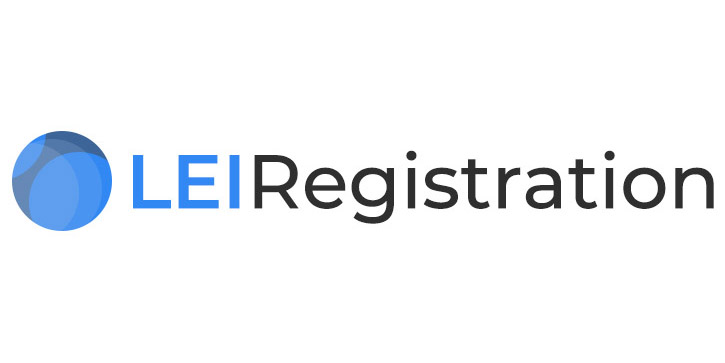Presentation Guidelines
Important!
Slides will be projected at a 4:3 ratio during the conference. Newer PowerPoint versions (or also Keynote / Impress) by default may start at a widescreen 16:9 ratio, and the slides will get scaled down on a 4:3 projection. The scaling down may cause your content to be inelligible to the audience.
Please make sure to check the aspect ratio you are using and change it if it is not 4:3. Check below for quick links on how to change the ratio:
- Microsoft PowerPoint (2013+): Office.com
- Apple Keynote: Google
- LibreOffice Impress: Google
Note: If you change the ratio your content may need adjustment to fit the new size. When preparing your presentation, please make sure that it will be readable from a long distance (i.e. use large fonts - size 20+ - and leave enough space between the content for readability). For more information, please visit the FAQ section on EHPS.net
Instructions for oral presentations
Before the conference
- You have fifteen minutes for your presentation. You should time your talk for ten minutes, which will allow four minutes for questions and discussion and one minute for presenter change-over.
- All rooms at the venue have PowerPoint facilities. The venue uses operating system is Windows 7 and Microsoft Office (Powerpoint) 2013. Bring your presentation on a USB stick and save a copy of your presentation in your email so that it is stored online.
- Please save your presentation as “Name Of Presenter_Date_Time_First four words of Title”. Please use the format: Smith_24August_0900_RandomisedControlledTrialOf.pptx (or .ppt). The date and time of your presentation will be published on the conference website before the end of June.
- You will receive an email from the local organising committee with information about collecting your registration pack and other practical issues.
- Make a note of the room and the time of the session in which you’re presenting. On www.aecc.co.uk/interactive-map/#1 you can see the venue layout and make a virtual tour of the room in which you’re presenting.
At the conference
- Familiarise yourself with the room where you’ll be presenting.
- Please arrive at the room where you are presenting a minimum of 10-15 minutes before the start of your session: each session contains six presentations and the presentations have to be uploaded before the session can begin. Someone will be in each room to assist with technical issues and to help you upload your presentation onto the computer.
- Introduce yourself to the chair of your session and confirm your name details and the title of your talk.
- Please do not go over your allocated time of ten minutes. We know how difficult it is to keep to time when you are talking passionately about your research, so your session chair will use cards with ‘3 minutes left’, ‘1 minute left’ and ‘Stop now’. We have instructed the session chairs to adhere to the timetable strictly.
- At the end of the session, please take any presentation materials away with you. Anything left at the end of the conference will be discarded.
Instructions for poster presentations
Before the conference
- You will receive an email from the local organising committee with information about where to collect your conference registration pack and other practical issues.
- Make a note of the room and the time of your poster session. On www.aecc.co.uk/interactive-map/#1 you can see the venue layout and make a virtual tour of the room in which you’re presenting.
- Print out your poster and bring it with you as the conference venue does not have printing facilities.
- All poster sessions are interactive, so you need to prepare a brief and informal presentation. You will be expected to present your research in 3-4 minutes and answer questions on the content of your poster for a further 3-4 minutes.
- We recommend that you prepare a handout with your details and your poster presentation (if possible in an expanded form) to bring with you and give to interested delegates.
Format of your poster
- The poster boards are 1524 mm high and 1005 mm wide in portrait orientation.
- We recommend a size of 1200 mm high and 850 mm wide (DIN A0 size).
- The font size of the title should be at least 80 points, bold face.
- The font size of the section headers should be at least 32 points, bold face.
- The font size of the body of the poster (abstract, introduction, objectives, methods, results and conclusions) should be between 18 and 26 points.
Content of your poster
- Focus your poster and your brief presentation on the following elements of your study: (1) Background - why?; (2) Methods - how?; (3) Results - what?; and (4) Conclusions - so what?
- We recommend that your prepare the text of your poster as short sentences and paragraphs or even as bullet points, and break up the text as much as possible with visual aids such as graphs, diagrams, tables, charts, or figures as appropriate. This should make your poster more attractive and easier to read.
- Make sure that your title, author(s) and affiliated institution(s) are clearly visible at the top of your poster. It is common practice to include your institution logo on the left corner of your poster.
- Your poster will receive a number in the scientific programme, but you don’t need to print this number on your poster.
At the conference
- On the day of your poster session:
- Please put up your poster at the start of the day. Poster boards have poster numbers, which correspond with the poster numbers in the scientific programme.
- Your poster session has a designated chair, who will ask all presenters in turn to give their presentation (3-4 minutes) and respond to questions from the audience (3-4 minutes). After all presentations have concluded, your chair will lead a short discussion among presenters and audience.
- Your audience will include other presenters in your session and other interested delegates.
- Please stay with your poster during the whole poster session to answer any questions from delegates who were unable to attend your presentation.
- Take your poster down at the end of the poster session. We will remove and recycle any posters left after the end of the poster session.



